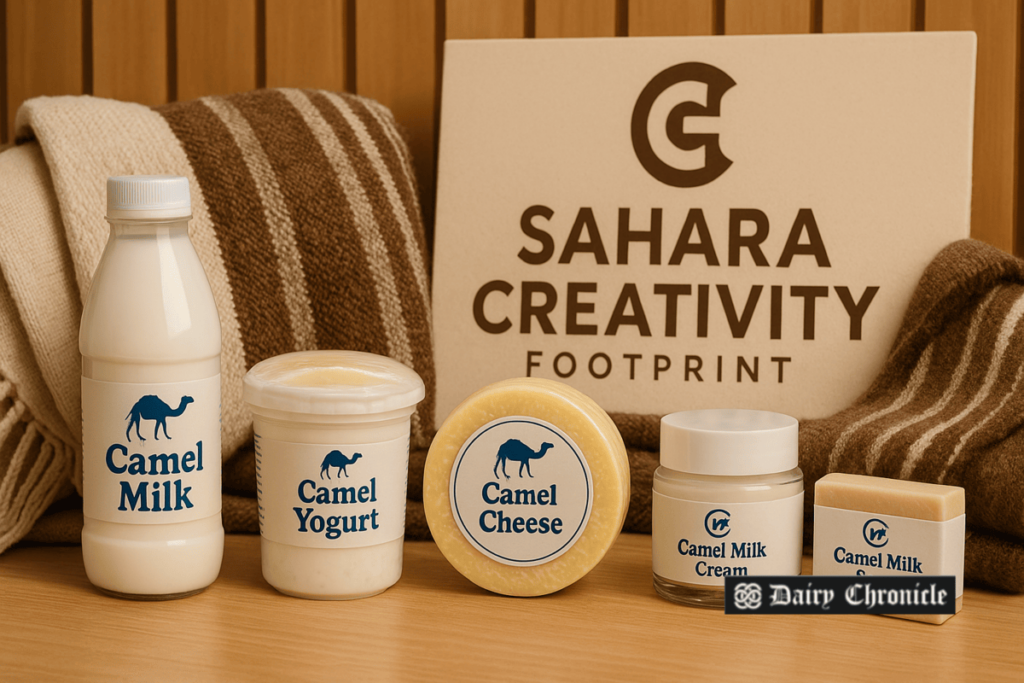From April 21 to 27, 2025, Morocco’s Sahara Creativity Footprint cooperative from the southern region drew major attention at SIAM in Meknès for its camel-based dairy, cosmetics, and textiles that merge traditional knowledge with sustainable innovation.
Held from April 21 to 27, 2025, the Salon International de l’Agriculture au Maroc (SIAM) in Meknès, Morocco, welcomed over 1,500 exhibitors from 70 countries and more than 1.1 million visitors. Among them, Sahara Creativity Footprint, a cooperative from Morocco’s arid southern region, captured widespread attention with its sustainable, camel-based product portfolio.
The cooperative, deeply rooted in Saharan heritage, showcased innovative approaches to agriculture and entrepreneurship in one of the world’s harshest climates. Known for its work across dairy, cosmetics, and textiles, Sahara Creativity Footprint has built a business model centered around the camel—a resilient animal perfectly adapted to desert environments.
Core Offerings:
- Dairy: Camel milk, yogurt, and cheese noted for their digestibility and rich nutrients.
- Cosmetics: Natural creams and soaps made from camel milk, celebrated for hydration and anti-aging benefits.
- Textiles: Handwoven garments and rugs crafted from camel wool, preserving local traditions.
At SIAM 2025, the cooperative launched an upgraded product line including improved organic camel milk, 100% natural skincare products, and handmade eco-textiles. Themed “Agriculture and Rural Areas: Water at the Heart of Sustainable Development,” the event focused heavily on climate resilience—making the cooperative’s message especially timely.
The display drew significant attention, both from visitors and the media. Preliminary international partnership agreements were signed, showing rising global interest in sustainable solutions emerging from desert ecosystems.
Beyond its product offerings, Sahara Creativity Footprint stands out for its holistic approach. It integrates traditional knowledge with eco-friendly innovation, supporting environmental stewardship and generating rural employment. The cooperative is not only redefining how camel-based products are perceived but also setting an example of how climate-smart entrepreneurship can thrive in arid zones.
In a year dominated by concerns over water scarcity, the cooperative’s model proved that sustainability, culture, and commerce can thriv
